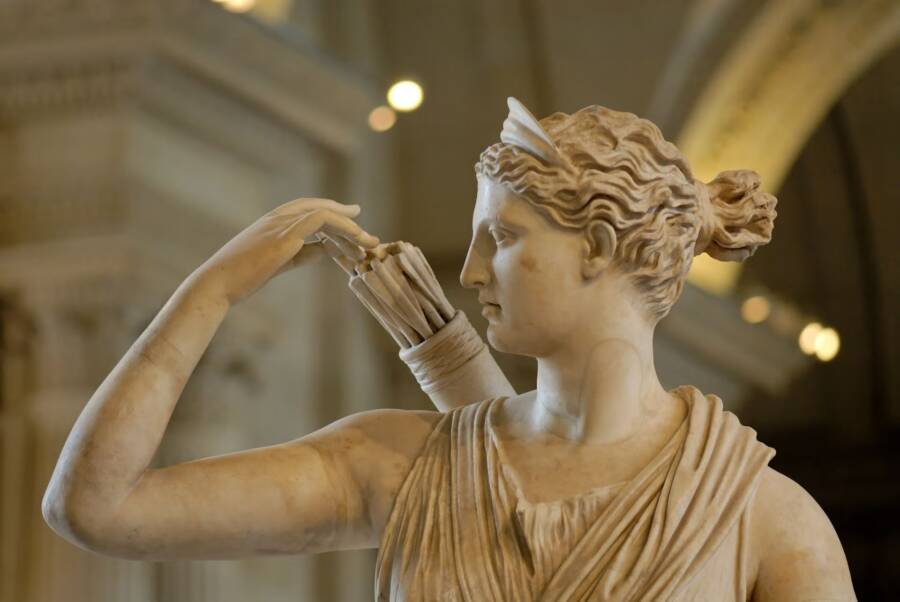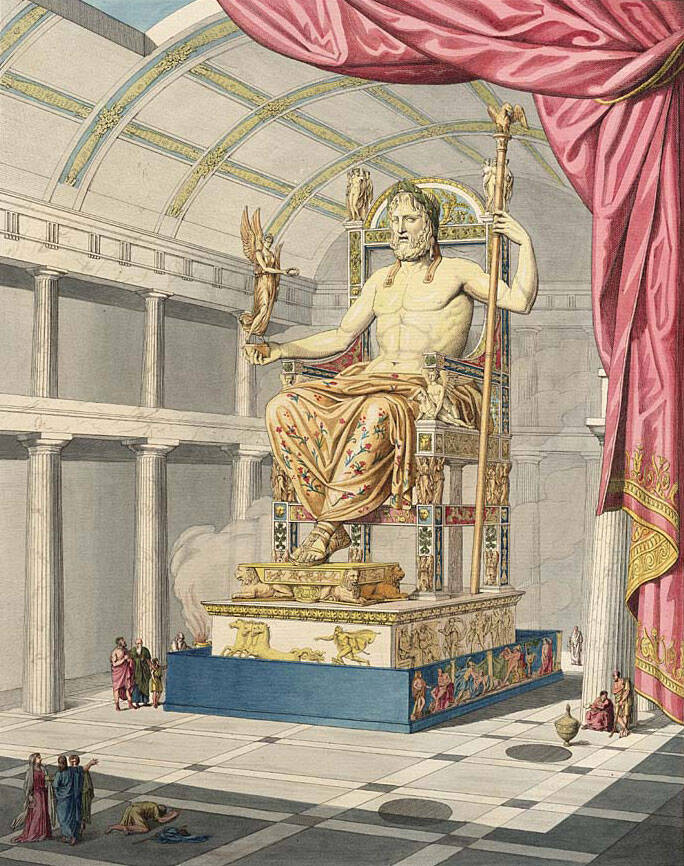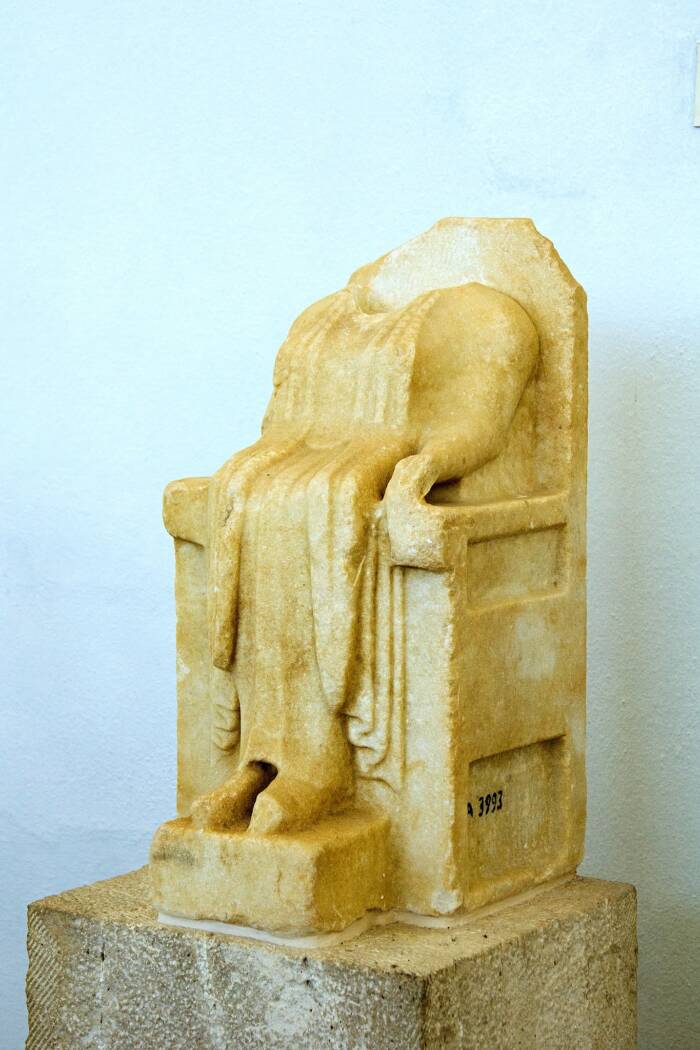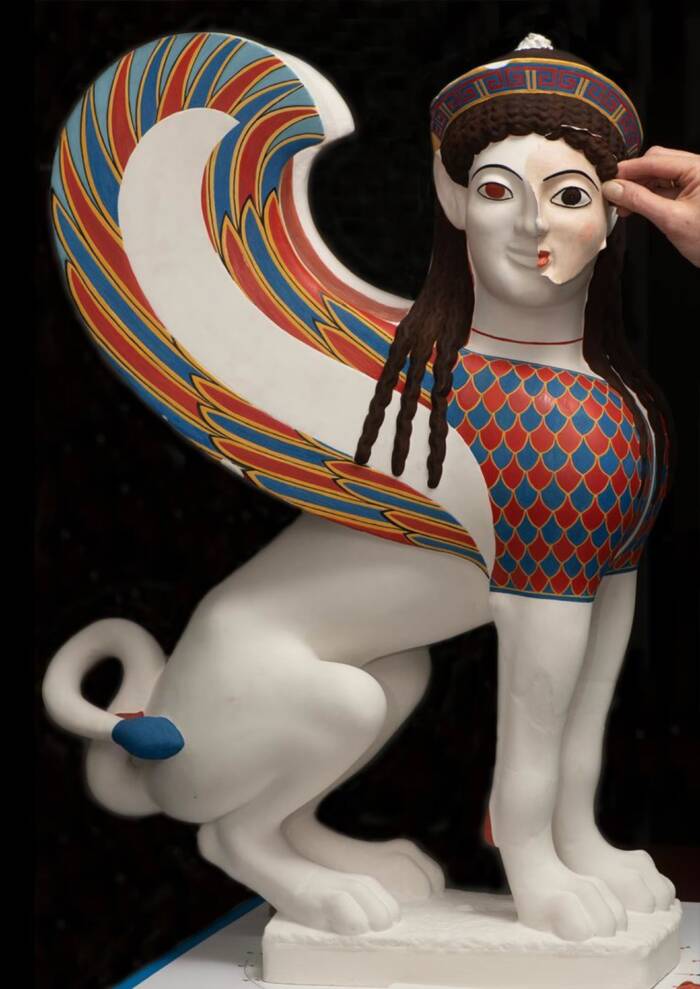“Unveiling the Scented Secrets of Antiquity: How Ancient Statues Transformed the Air We Breathe”
Have you ever wondered what it would’ve been like to stroll through an ancient marketplace, surrounded by colorful statues—not just to see, but also to smell the fragrant scents wafting through the air? Well, it turns out that admiring a statue in the ancient world was an experience that tickled the olfactory senses as much as the visual ones! New research reveals that the statues of Greece and Rome were not the stark white marble figures we envision today; they were vibrant, multi-colored works of art, meticulously perfumed with delightful scents like beeswax, rose, and olive oil. Imagine the impact that had on the passerby—rather than merely gazing at inanimate stone, they would encounter a lively, aromatic representation of a god or ruler, bursting with personality. As the study’s author, Cecilie Brøns, states, “Admiring a statue in the ancient world was not just a visual experience, but also an olfactory one.” So grab your favorite scented candle and prepare to delve into the olfactory wonders of the past! LEARN MORE.
New research into Greco-Roman sculpting has revealed the true extent to which “admiring a statue in the ancient world was not just a visual experience, but also an olfactory one.”

Tufts UniversityStatues of gods and goddesses, like Artemis (pictured), were often perfumed by the ancient Greeks and Romans, new research reveals.
Today, Greco-Roman statues are striking in their simplicity due to their stark white coloring and blank eyes. But, during antiquity, these statues were actually brightly colored — and, as explored in a new study, they were even coated with deeply aromatic perfumes.
In ancient Greece and Rome, statues were doused with pleasant scents like beeswax, rose, and olive oil. Such anointment not only gave them an inviting smell, but also helped preserve their color and form.
What’s more, it changed how ancient people interacted with them. Rather than walk by a blank, white statue in a sterile museum-like space, an ancient passerby would have experienced a colorful, perfumed statue as a powerful representation, even a living embodiment, of a god or a ruler.
“Admiring a statue in the ancient world was not just a visual experience,” the new study’s author, Cecilie Brøns said, “but also an olfactory one.”
The Scents Of Greco-Roman Statues During Antiquity
As described in a new study published in the Oxford Journal of Archaeology, Brøns began her investigation into the scents of millennia-old classical statues by poring over ancient texts to see how Greco-Roman writers described them.

Public DomainThe statue of Zeus at Olympia, long since lost to time, was one of the statues described as being anointed with olive oil.
An archaeologist and curator at the Glyptotek art museum in Copenhagen, Denmark, Brøns soon found multiple references to how statues were perfumed in antiquity. Texts from Cicero, Callimachus, Vitruvius, Pliny the Elder, and Pausanias all described the different ways that statues were scented.
“Perfumes were used not just for living human bodies,” Brøns explained, “but also for ancient sculptures… not only were sculptures originally polychrome and adorned but in some cases they were also scented.”
She found that, though methods varied, ancient Romans and ancient Greeks routinely doused statues of deities or rulers with pleasant scents.
How The Ancient Statues Of Greece And Rome Were Performed
As Brøns reported in her study, many of the statues that were anointed with perfumes were statues of Roman and Greek gods. In Sicily, for instance, the statue of Artemis was ritualistically anointed with perfume. At Greece’s Sanctuary of Delos, meanwhile, Brøns also found inscriptions listing perfume ingredients — olive oils, beeswax, and natron, among them — which were used on statues of Artemis and Hera. Archaeologists have also uncovered ancient perfume workshops in Delos.

Zde/Wikimedia CommonsA marble torso of Hera from Delos, Greece.
But perfuming ancient statues wasn’t limited to statues of deities. Rulers were often anointed with pleasant scents as well. For example, Brøns cited the poet Callimachus, who described a statue of Queen Berenice II of Egypt as being “moist with perfume.” Archaeologists have also found traces of beeswax on her portrait, which similarly suggests that it was scented.
Ancient people used a variety of techniques to apply these scents. One, called ganosis, involved mixing waxes and oils before spreading them on statues. Such a mixture not only smelled pleasant, but also helped maintain the vivid colors of the statues.
Another process, kosmesis, focused more on preserving the statue itself. According to ancient texts, the Statue of Zeus at Olympia was regularly anointed with olive oil to protect its ivory.
What’s more, these statues were also routinely draped with flowers, fabrics, and jewels, especially during rituals. They thus appeared much more vivid to ancient people than they do to museum-goers today.

Metropolitan Museum of ArtThe partial colorized reconstruction of a sphinx from the Greek funerary monument of Megakles.
“A white marble statue was not intended to be perceived as a statue in stone,” Brøns remarked to the Danish scientific website Videnskab. “It was supposed to resemble a real god or goddess.”
Auto Amazon Links: No products found.














